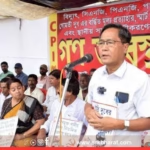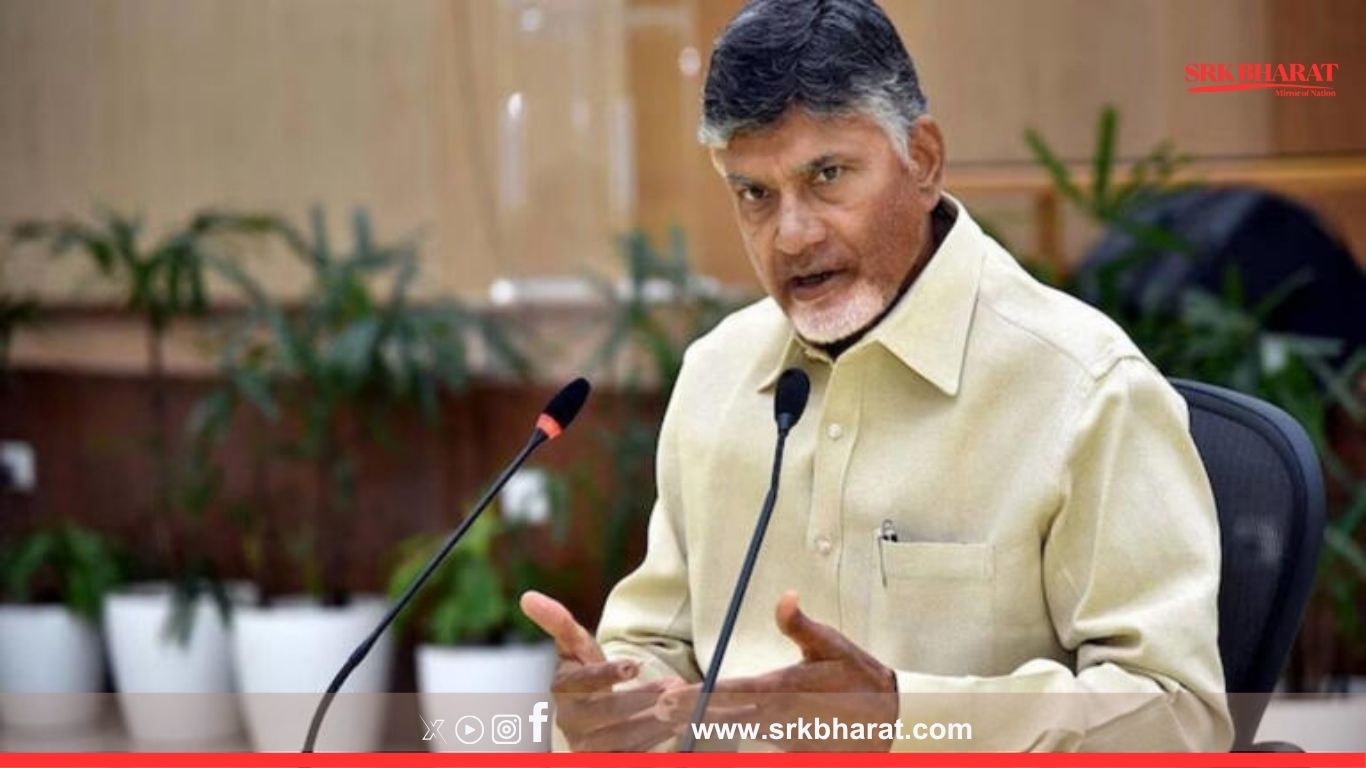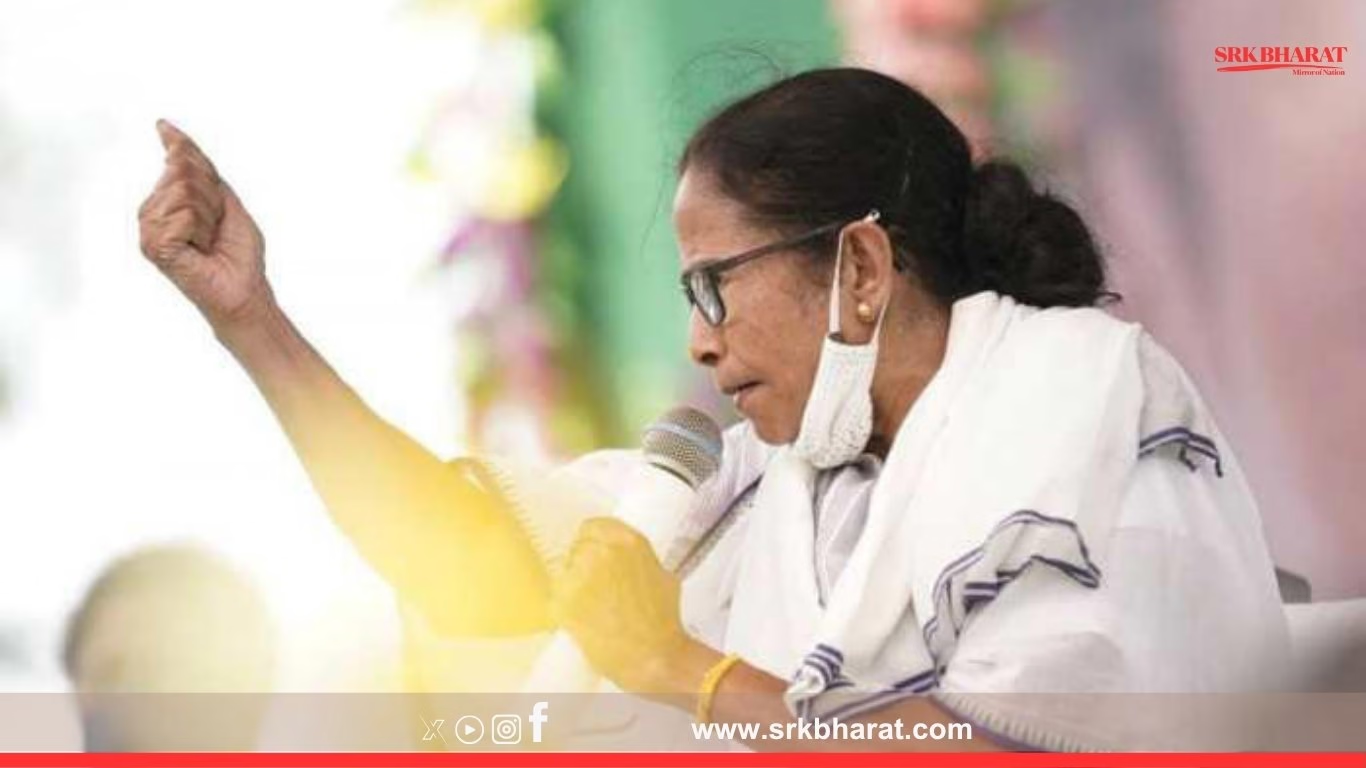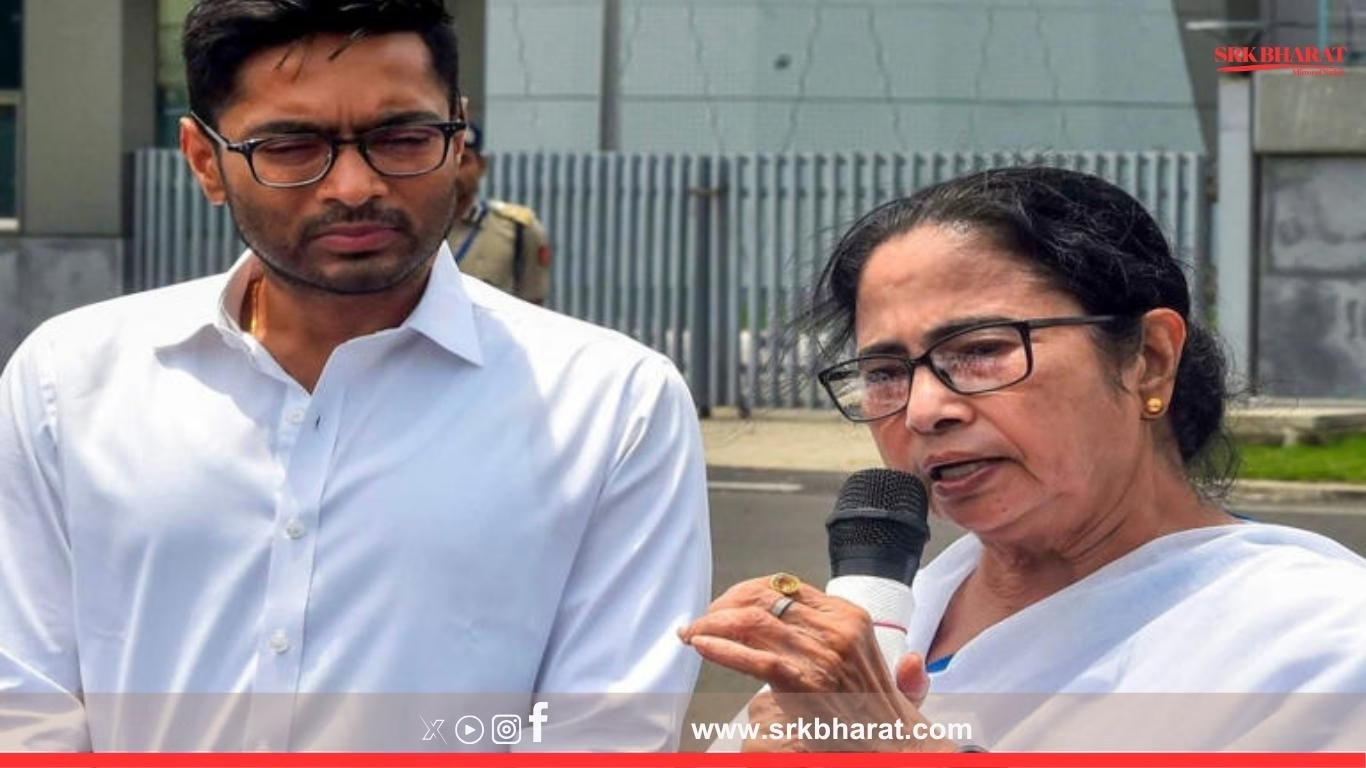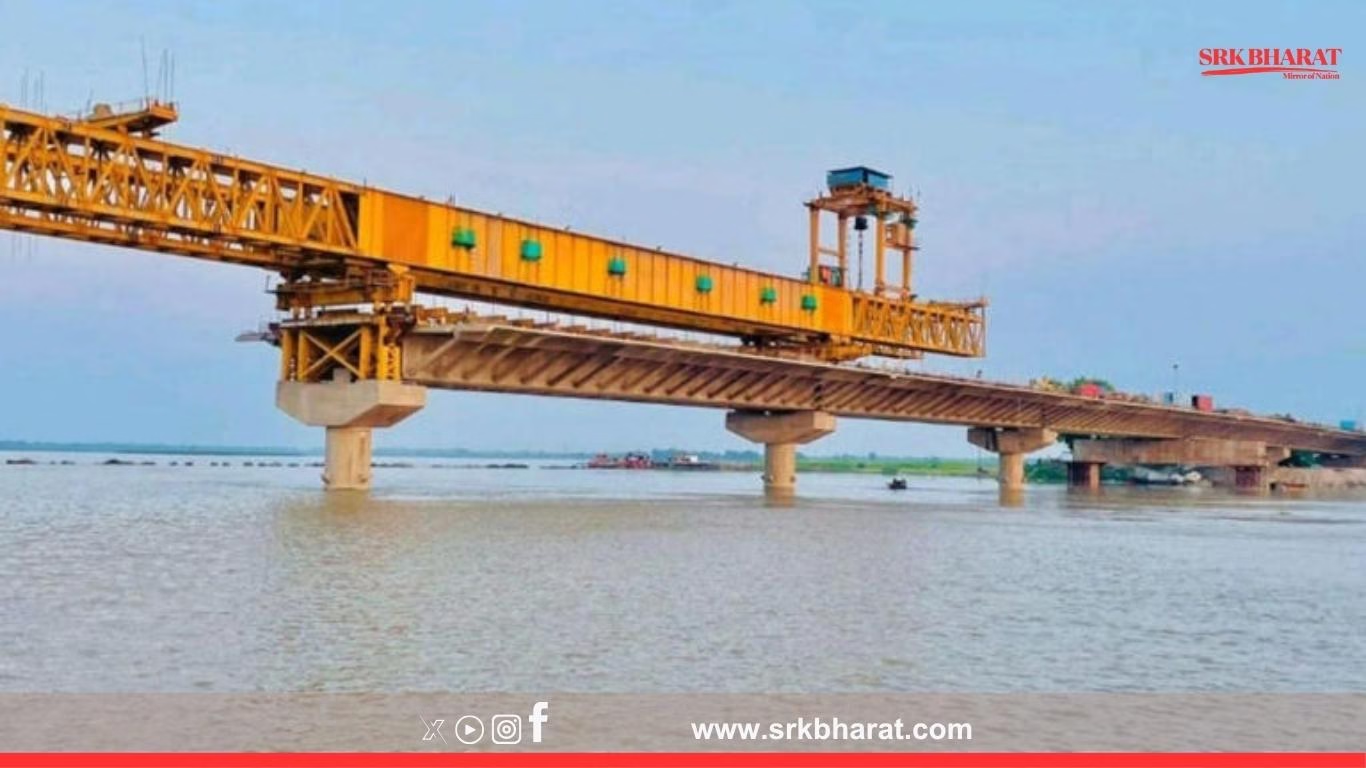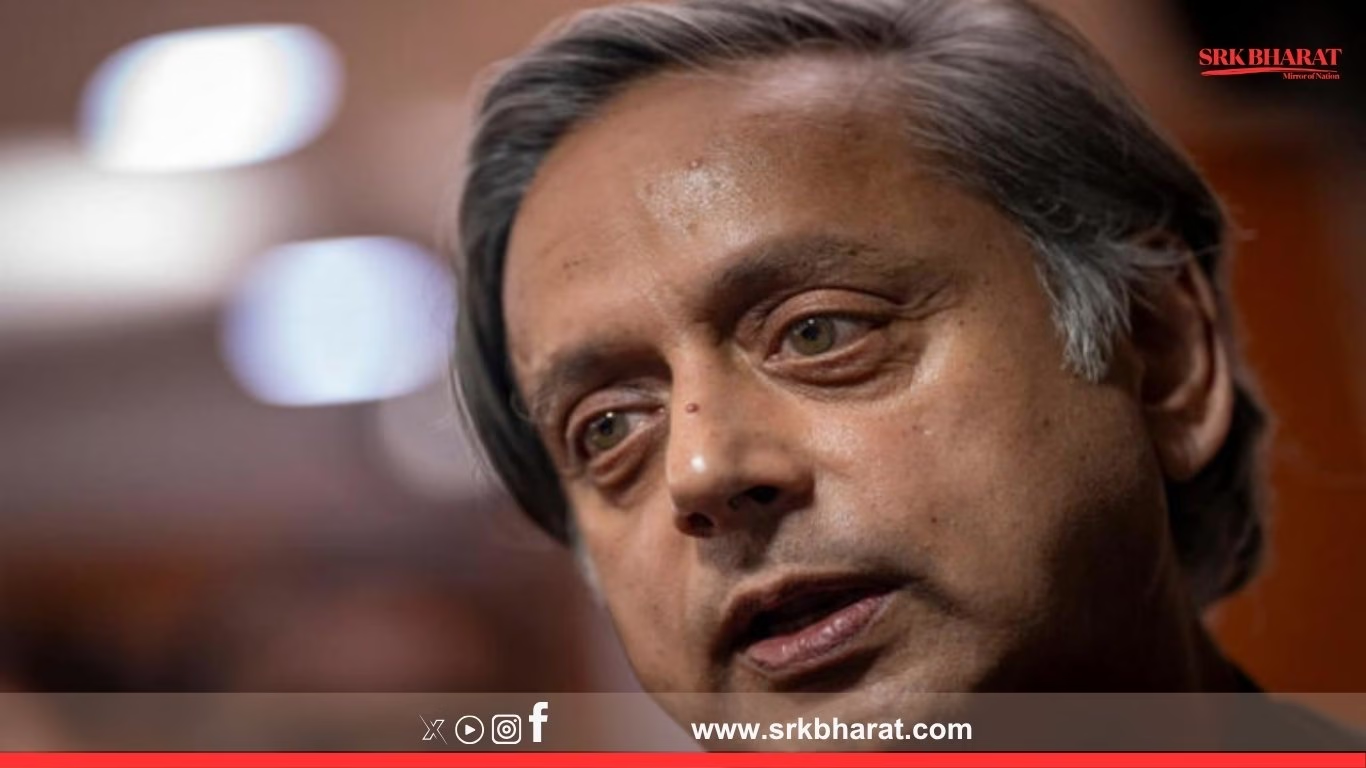The Andhra Pradesh government’s ambitious Rs 82,000-crore Godavari water diversion project, designed to address the state’s long-term irrigation and drinking water needs, has hit a major environmental hurdle. The Expert Appraisal Committee (EAC) of the Union Ministry of Environment, Forests and Climate Change (MoEFCC) has raised multiple concerns over ecological, forest, and rehabilitation impacts, delaying the grant of environmental clearance critical for the project’s execution.
Project Overview
The Godavari diversion project, also called the Godavari-Penna river linking project, aims to:
- Divert surplus Godavari waters at the Polavaram spillway point.
- Transfer approximately 7,000 cusecs of water per day to the Penna basin via gravity and lift irrigation.
- Provide irrigation to over 10 lakh acres in Rayalaseema and Nellore districts.
- Augment drinking water supply to drought-prone districts including Anantapur, Chittoor, Kadapa, and parts of Nellore.
Key Components
| Component | Details |
|---|---|
| Project Cost | Rs 82,000 crore |
| Length of proposed canal system | 523 km |
| Water transfer capacity | ~165 TMC per annum |
| Beneficiary districts | Anantapur, Chittoor, Kadapa, Nellore, Prakasam |
| Major works | Lift irrigation stations, reservoirs, balancing tanks, tunnels, gravity canals |
(Compiled from Andhra Pradesh Water Resources Department DPR summary)
Environmental Hurdles Identified by EAC
In its recent meeting, the EAC withheld final clearance citing:
- Forest Diversion Concerns: Over 14,000 hectares of forest land to be diverted, posing threats to biodiversity and wildlife corridors.
- Inadequate Environmental Impact Assessment (EIA): The committee noted the submitted EIA lacked comprehensive hydrological, geological, and ecological impact studies, particularly downstream river flow analysis.
- Displacement and Rehabilitation Gaps: Potential displacement of over 30,000 people across tribal and non-tribal villages, with incomplete Rehabilitation and Resettlement (R&R) action plans.
- Impact on Protected Areas: Proposed canal alignments pass close to eco-sensitive zones such as the Gundla Brahmeswaram Wildlife Sanctuary, risking habitat fragmentation.
- Cumulative Impact Analysis Absence: Lack of assessment of combined impact with other irrigation and hydropower projects on the Godavari river basin.
State Government’s Response
Senior officials from the Andhra Pradesh Water Resources Department argued:
“This project is essential to ensure drought mitigation, food security, and drinking water supply to over 40 lakh people in Rayalaseema. We will address all compliance gaps raised by EAC and resubmit a revised EIA with detailed hydrological, forest, and wildlife management plans.”
Officials also indicated that additional Terms of Reference (ToR) conditions set by MoEFCC would require re-survey and stakeholder consultations, delaying the approval timeline by at least six months.
Water Security Significance of the Project
The Godavari diversion project is part of Andhra Pradesh’s larger interlinking strategy to:
- Mitigate frequent drought cycles in Rayalaseema.
- Reduce groundwater overexploitation by substituting surface water supply.
- Stabilise ayacut under existing projects such as Telugu Ganga and Somasila by augmenting inflows.
Comparison with Other Major River Interlinking Projects
| Project | Estimated Cost (Rs Cr) | Status | States Benefitted |
|---|---|---|---|
| Ken-Betwa | 44,000 | Implementation begun | Uttar Pradesh, Madhya Pradesh |
| Godavari-Penna | 82,000 | Awaiting environmental clearance | Andhra Pradesh |
| Par-Tapi-Narmada | 10,211 | Kept in abeyance due to tribal protests | Gujarat, Maharashtra |
| Mahanadi-Godavari | 70,000+ (estimate) | Under DPR stage | Odisha, Andhra Pradesh |
(Compiled from National Water Development Agency project documents)
Expert Opinions on Environmental Concerns
Environmental scientists and river basin experts raised critical issues:
- Dr. Ramesh Krishnan, Hydrologist: “Diverting Godavari flows without comprehensive downstream impact assessment risks altering estuarine ecology, fisheries, and delta agriculture, which are already under climate change stress.”
- Ms. Meenakshi Reddy, Forest Rights Activist: “The project’s forest diversion proposals undermine Schedule V tribal rights and FRA implementation if R&R and Gram Sabha consents are inadequately addressed.”
Political Reactions
The opposition parties in Andhra Pradesh, particularly Telugu Desam Party (TDP), criticised the government for alleged “hurried DPR preparation without scientific rigour, leading to repeated clearance delays.” TDP leader Devineni Uma Maheswara Rao remarked:
“People of Rayalaseema deserve immediate water security. But flawed planning without environmental compliance only delays solutions.”
The ruling YSR Congress Party dismissed these allegations, affirming commitment to address compliance gaps and ensure early approvals.
Impact on Project Timelines
With the EAC withholding clearance, officials estimate:
- Minimum six-month delay for revised EIA preparation and submission.
- One year additional time for forest clearance, wildlife clearance, and public consultations.
- Potential increase in project costs by 10-15% due to inflation and extended land acquisition timelines.
Way Forward
To overcome environmental hurdles, the state government plans to:
- Conduct cumulative hydrological assessments factoring in Polavaram backwaters and downstream impacts.
- Undertake wildlife and biodiversity impact studies with mitigation plans like wildlife corridors and compensatory afforestation.
- Finalise R&R plans aligned with the Land Acquisition Act 2013 and Forest Rights Act 2006, ensuring Gram Sabha approvals in tribal areas.
- Re-route canal alignments to minimise forest and protected area impact wherever feasible.
Centre’s Position on Godavari Diversion
The Ministry of Jal Shakti supports inter-basin transfer to ensure optimal national water resource utilisation but emphasises:
“All river linking projects must meet MoEFCC’s strict environmental standards, uphold tribal rights, and secure downstream environmental flows to remain viable and sustainable.”
Conclusion
The Rs 82,000-crore Godavari diversion project holds transformative potential for Andhra Pradesh’s drought-prone regions, but its future hinges on reconciling developmental aspirations with environmental sustainability and social justice. As the state gears up to address EAC’s concerns, the project remains a litmus test for balancing India’s river interlinking ambitions with ecological prudence and inclusive rehabilitation.
Disclaimer: This report is based on official EAC meeting minutes, Andhra Pradesh Water Resources Department data, and stakeholder interviews. Readers are advised to follow MoEFCC notifications and state government releases for final clearance updates and revised project timelines.





